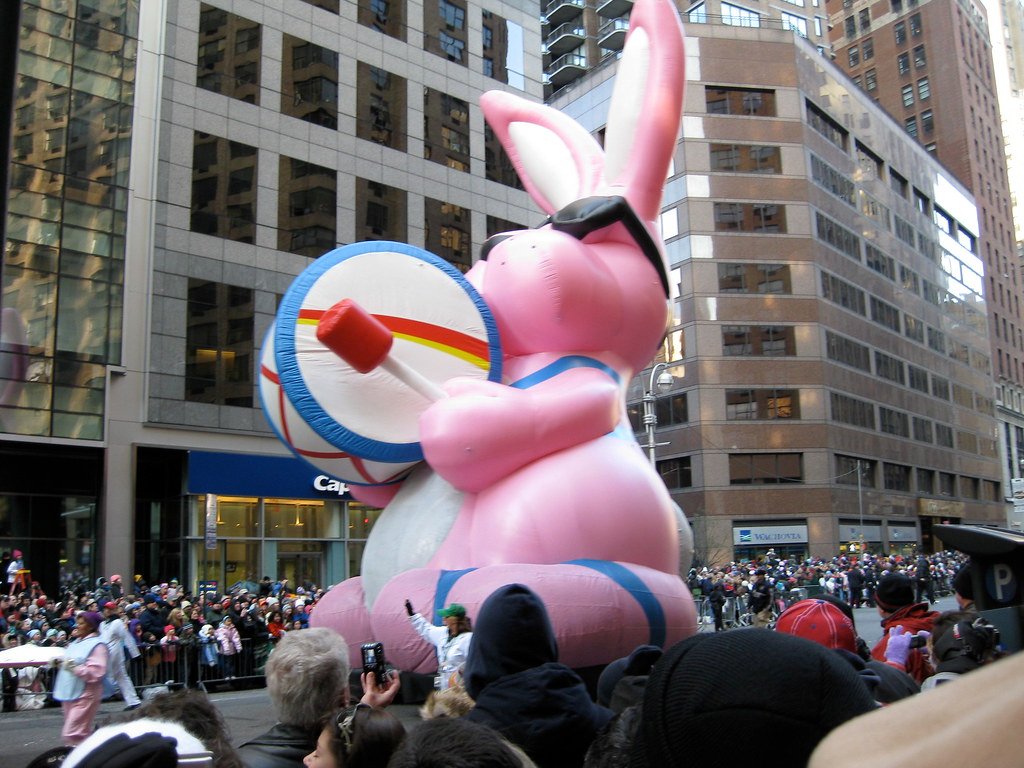1. The Energizer Bunny Commercials
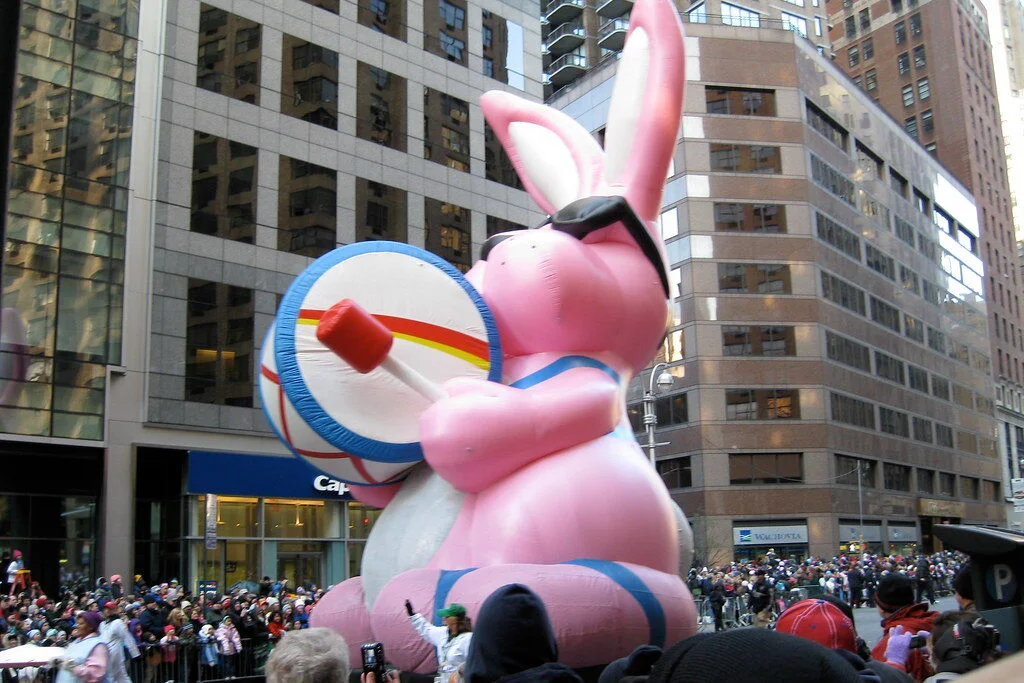
When it comes to unforgettable ads, the Energizer Bunny stands out. First introduced in 1989, the commercial featured a pink mechanical bunny with sunglasses and a drum, marching relentlessly to the beat of its own drum. The key phrase “It keeps going and going and going” became an iconic slogan that perfectly captured the essence of the battery it was advertising. The Energizer Bunny’s appeal wasn’t just in its persistence but in its playful, almost rebellious spirit that resonated with the growing need for energy in the fast-paced world of the ’80s.
What made this ad so memorable was its combination of humor and simplicity. It was a commercial that didn’t need flashy effects or complicated storytelling. Instead, it focused on a single idea—unmatched endurance—and turned it into a cultural symbol. The Energizer Bunny became synonymous with longevity, not only in batteries but also in pop culture, making it one of the most recognizable icons to come out of the ’80s.
2. “Where’s the Beef?” – Wendy’s
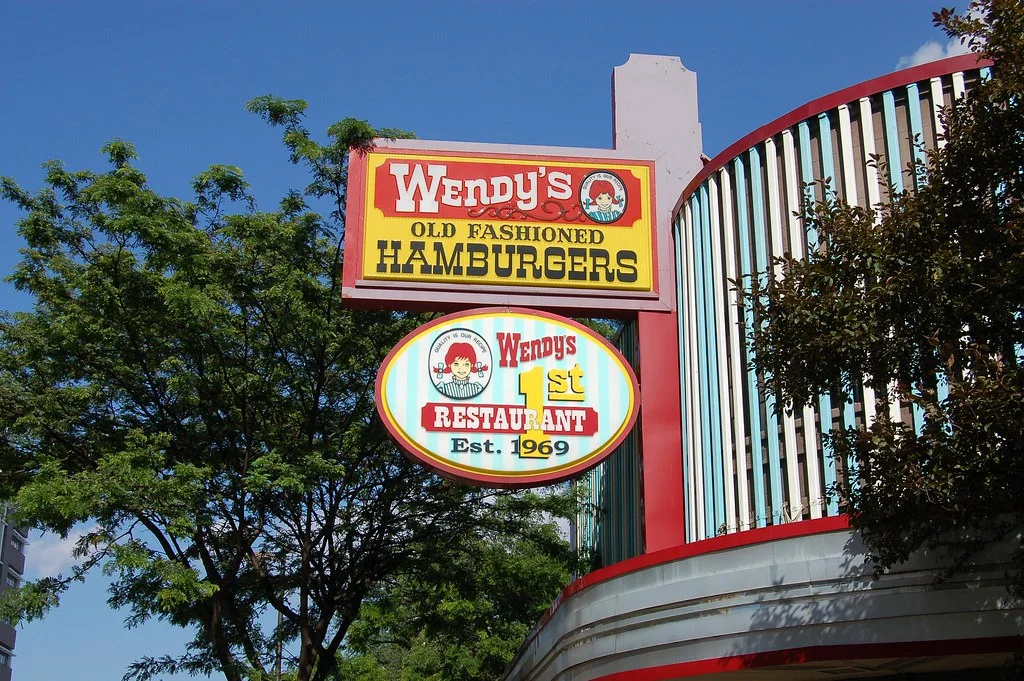
The phrase “Where’s the beef?” quickly became part of American vernacular after it aired in a 1984 Wendy’s commercial. The ad, which featured an elderly woman named Clara Peller questioning the size of a competitor’s hamburger patties, was a clever jab at the fast-food industry. With a straightforward question, Wendy’s boldly set itself apart from its competitors by promising more meat and better value in every burger. The simplicity of the message combined with Peller’s deadpan delivery made it not only memorable but also an instant classic.
What made the campaign so effective was its directness and humor. Wendy’s tapped into a national frustration about fast food’s lack of substance and turned it into a comedic moment. The campaign caught fire, leading to T-shirts, slogans, and even a catchphrase that lasted far beyond the ad’s run. It was one of those rare moments when an advertisement didn’t just sell a product but became a cultural phenomenon in its own right.
3. “I’d Like to Buy the World a Coke” – Coca-Cola
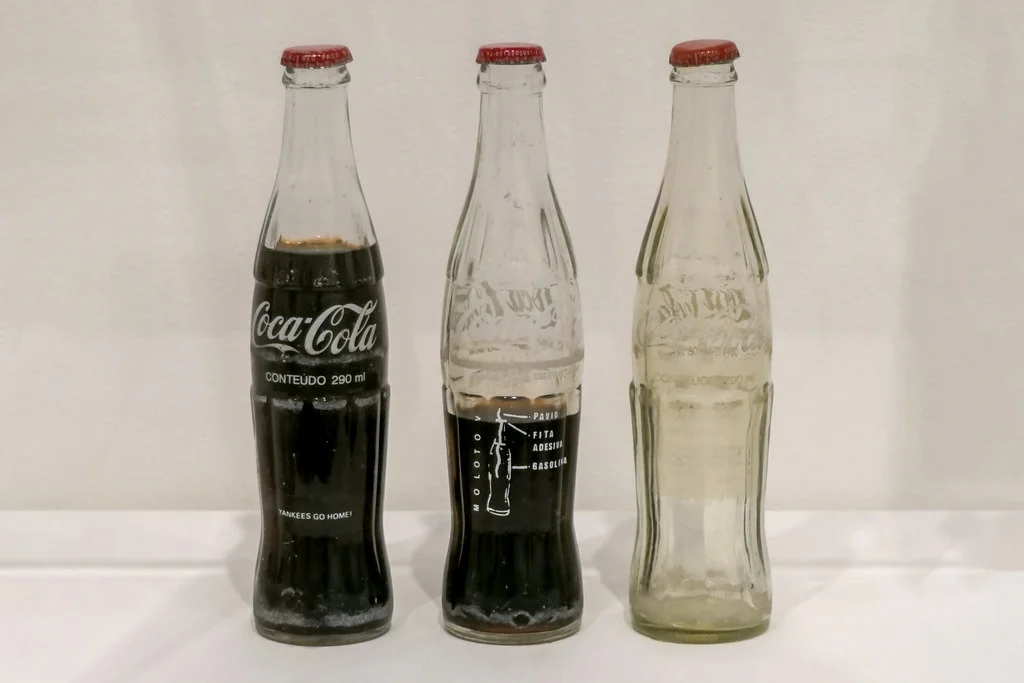
Though it first aired in 1971, the “I’d Like to Buy the World a Coke” commercial continued to be a defining ad through the early ’80s, capturing the ethos of the era. Set against the backdrop of a scenic mountaintop, a diverse group of young people from around the world sang together about sharing peace and harmony through the simple act of drinking Coca-Cola. The song, with its uplifting melody, became a symbol of unity during a time of political and social unrest, resonating with the collective desire for global connection.
The ad’s impact didn’t end with the emotional pull of its message. Coca-Cola’s campaign showed that a brand could embody values like togetherness and peace, elevating the soft drink beyond just being a refreshing beverage. It became synonymous with idealism and the possibility of a better world, leaving an indelible mark on both advertising and popular culture. Even decades later, the song and commercial are still remembered as one of the most uplifting and iconic ads of the century.
4. “The Most Interesting Man in the World” – Dos Equis
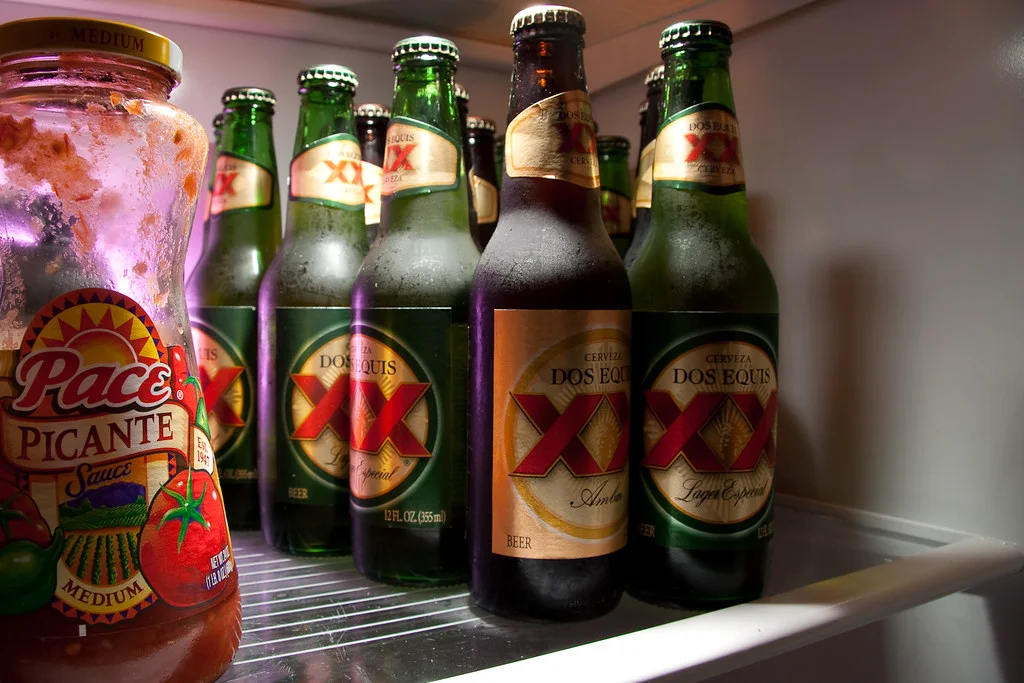
While it was technically a late ’90s ad, the “Most Interesting Man in the World” campaign gained major traction in the early 2000s and is still recalled fondly by many. The campaign starred Jonathan Goldsmith as the charming and witty “most interesting man,” whose adventures and life stories were often exaggerated to the point of absurdity. The taglines, such as “I don’t always drink beer, but when I do, I prefer Dos Equis,” became synonymous with a certain level of suave sophistication. The commercial capitalized on the charm of its protagonist and the playful exaggeration of his abilities.
What made this campaign stand out was its ability to transform a simple beer commercial into a storytelling experience. The over-the-top nature of the character, coupled with Goldsmith’s smooth delivery, made the ad both humorous and memorable. It didn’t just advertise a product; it created a persona, turning Dos Equis into a brand that represented confidence, intrigue, and adventure. Even after the campaign ended, the catchphrase lived on in popular culture, cementing the ad’s place in advertising history.
5. “Smokin’ Hot” – Joe Camel (Camel Cigarettes)

Though controversial, Joe Camel remains one of the most memorable and infamous ads of the ’80s. As the animated mascot for Camel Cigarettes, Joe Camel was designed to appeal to younger audiences, using a cool and charismatic persona. The commercial depicted him as suave, confident, and always in control, making smoking look glamorous and edgy. The “Smokin’ Hot” slogan played into this image, making the product seem irresistible.
Despite its success in generating buzz, the campaign also sparked intense backlash. Critics argued that Joe Camel was specifically targeting underage smokers, and in 1997, the campaign was eventually discontinued due to legal pressures. Nonetheless, the ad’s impact on the advertising world and pop culture is undeniable, as it sparked debates that continue to influence marketing and advertising ethics today.
6. “Give Me a Break” – Kit Kat
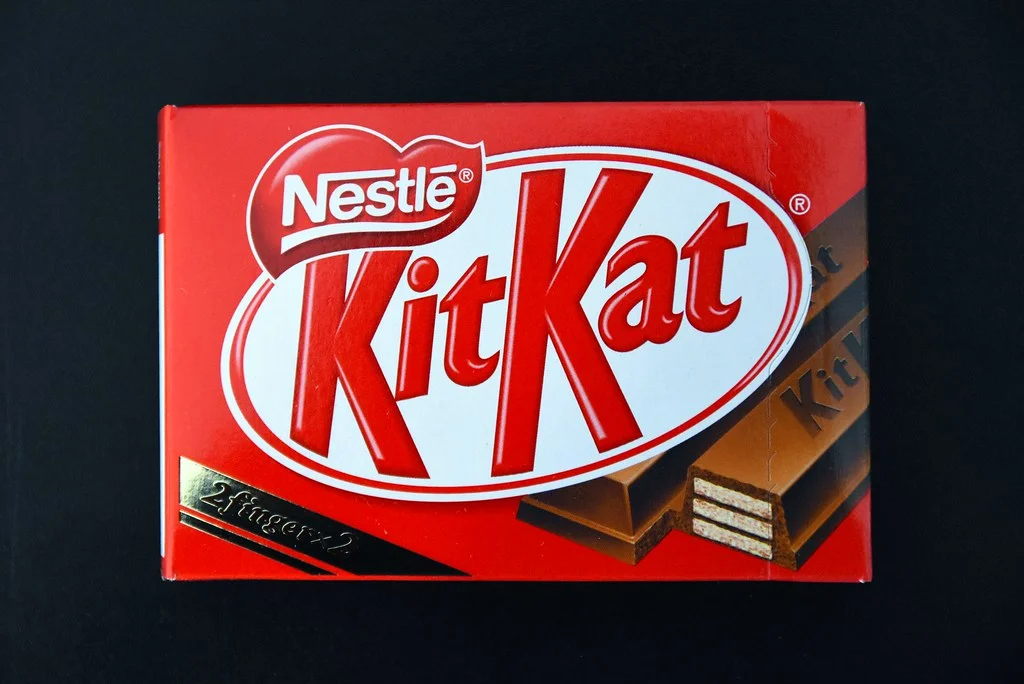
The “Give Me a Break” campaign for Kit Kat is one of those ads that has withstood the test of time. The commercial, which first aired in the ’80s, featured people singing the catchy jingle “Give me a break, give me a break, break me off a piece of that Kit Kat bar!” This simple but effective ad highlighted the joy of indulging in a Kit Kat, with its combination of crunchy wafer and smooth chocolate. The jingle stuck in everyone’s heads, turning it into an anthem for the brand.
The success of the campaign lay in its relatability and fun energy. It wasn’t just about selling candy—it was about creating a moment of enjoyment and relaxation in an otherwise hectic day. The ad’s cheerful tone, paired with its memorable song, made it an instant classic. The “Give Me a Break” jingle is still synonymous with Kit Kat, remaining a cornerstone of the brand’s identity long after its original release.

